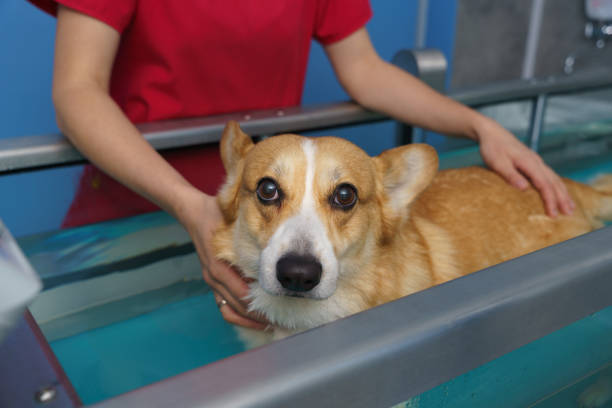Identifying subtle behavior changes in companion animals
Subtle shifts in a companion animal’s behavior often precede more obvious signs of illness or distress. Observing small changes in routine, appetite, mobility, grooming, and social interactions helps caregivers spot problems early and support wellbeing through timely adjustments to nutrition, enrichment, veterinary care, and training.

Subtle behavior changes in companion animals can be easy to miss but carry important clues about underlying health, anxiety, or environmental needs. A gradual decline in activity, a slight change in appetite, altered grooming, or less interest in bonding moments can all signal that something is different. Keeping a consistent routine, noting small shifts in mobility or socialization, and tracking these observations supports better decision-making for safety, nutrition, and potential veterinary evaluation.
This article is for informational purposes only and should not be considered medical advice. Please consult a qualified healthcare professional for personalized guidance and treatment.
How does behavior signal wellbeing?
Behavior is a broad indicator of a companion animal’s wellbeing. Animals communicate physical discomfort and emotional state through changes in posture, sleep patterns, vocalization, and engagement with people or other pets. For example, a usually curious cat that hides more, or a dog that no longer greets family members, may be experiencing pain, stress, or cognitive changes. Documenting the frequency and context of the new behaviors—times of day, after walks, or around meals—helps separate temporary reactions from persistent shifts that need attention.
When should anxiety be suspected?
Anxiety may appear as excessive licking, trembling, pacing, clinginess, or avoidance. In dogs, sudden destructive behavior or house-training regressions can reflect fear rather than disobedience. In cats, overgrooming or toileting outside the litter box often relates to stress. Observe triggers such as new people, loud noises, or changes in household routine. Simple adjustments in enrichment, predictable schedules, and positive reinforcement training can reduce anxiety, but persistent or severe symptoms warrant discussion with a veterinary professional for tailored strategies.
What role does nutrition play?
Nutrition directly affects energy levels, coat condition, digestion, and cognitive performance. Subtle weight loss, a dull coat, or fluctuations in appetite should prompt review of diet and feeding routine. Changes in food preference or an increase in scavenging behavior may indicate underlying dental pain, gastrointestinal issues, or metabolic problems. Work with local services or a veterinary nutritionist when available to assess caloric needs, supplement choices, and appropriate feeding schedules to support mobility, immune function, and overall wellbeing.
How can enrichment and mobility changes be addressed?
Enrichment supports mental health and can reduce the impact of mobility decline. If a companion animal shows less interest in play or has slowed movements, introduce low-impact activities such as scent games, gentle walks, or accessible toys that encourage natural behaviors. Environmental modifications—raised feeding bowls, non-slip surfaces, ramps, or softer bedding—improve safety and comfort. Tailoring enrichment to an animal’s current mobility and cognitive level maintains engagement and preserves bonding opportunities without causing stress or injury.
When is veterinary input and safety needed?
Persistent or progressive behavior changes, sudden onset of disorientation, recurrent vomiting, or marked decline in mobility require prompt veterinary evaluation. Keep a log of observed symptoms, their onset, and any potential triggers to share during appointments. Discuss grooming changes, shifts in socialization, and any emergency signals such as collapse or severe breathing difficulty. For many conditions, early intervention improves outcomes; for others, veterinary guidance helps prioritize comfort and safety through medication, physical therapy, or environmental adjustments.
How do routine, training, and bonding help long-term?
Consistent routine, gentle training, and intentional bonding activities create a predictable environment that reduces anxiety and supports healthy behavior. Positive reinforcement training strengthens communication and can mitigate problem behaviors by teaching alternatives. Regular grooming checks reveal skin or dental issues early, and scheduled socialization helps maintain confidence. In emergencies, a familiar routine and practiced training cues make management easier. Regularly review routines with veterinary and behavioral professionals to adapt plans as your pet’s mobility or needs change.
Observing and recording subtle changes in a companion animal’s behavior empowers caregivers to respond proactively. Combining attentive observation with adjustments in nutrition, enrichment, and safety—and consulting veterinary professionals when needed—supports an animal’s long-term wellbeing. Small, consistent changes made early often preserve mobility, reduce anxiety, and strengthen the human–animal bond over time.





